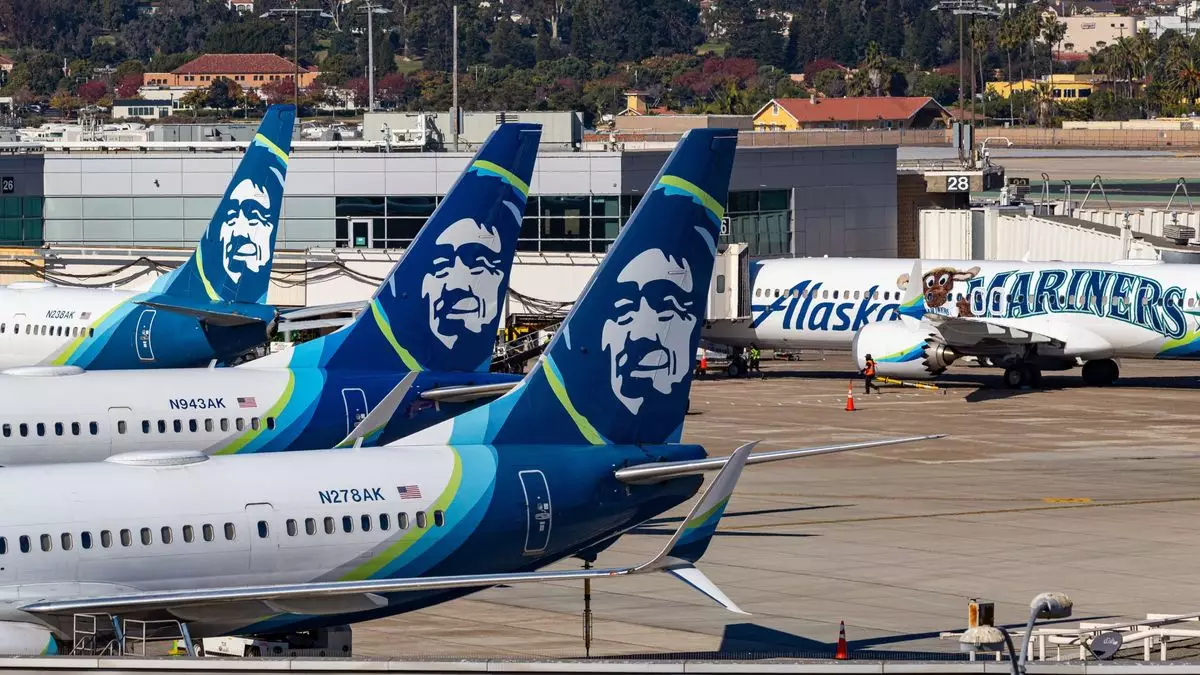Alaska Airlines has demonstrated a bold outlook by swiftly stepping into the void left by Avelo Airlines at Hollywood Burbank Airport. With Avelo’s departure scheduled for December, Alaska is positioning itself to capitalize on a golden opportunity—becoming the dominant airline servicing key regional routes. The decision to launch daily, year-round flights from Burbank to destinations like Eugene, Redmond/Bend, and Pasco signifies more than just route expansion; it reflects a strategic move to consolidate their presence in Southern California’s competitive air travel landscape. Alaska’s use of regional Embraer E175 aircraft not only underscores operational efficiency but also signals a targeted approach to regional markets that value frequency and reliability over sheer volume.
Competitive Landscape and Market Strategy
While the landscape quickly heats up with Breeze announcing plans to compete on these same routes, Alaska’s early move gives it a considerable advantage. Breeze, a newer player in the California market, faces a steep uphill battle; its flights aren’t expected to commence until several months after Alaska’s launch, providing the Seattle-based airline with an uncontested window to establish dominance. Alaska’s existing footprint at Burbank, with five destinations already served, further consolidates its regional strategy, allowing it to leverage brand recognition and operational familiarity to attract travelers seeking consistency. Breeze’s entry, although promising, comes with inherent challenges of market penetration and brand loyalty, making Alaska’s aggressive expansion a testament to its confidence in regional demand.
Broader Network Expansion and Market Influence
Alaska’s route expansion isn’t limited to the Burbank corridor but spans several California destinations, asserting its broader strategic intent to strengthen the airline’s Western U.S. presence. The addition of routes connecting Ontario to Boise and Orange County to Spokane, both commencing in early January, is a calculated move to serve high-demand routes with minimal competition. Notably, on routes like San Diego to Sun Valley and Santa Rosa to Palm Springs, Alaska will emerge as the sole service provider—monopolizing routes that were previously served by other carriers or left unserved. Such dominance could translate into strategic pricing power and increased market share in these underserved or lightly served corridors.
Implications for Consumers and Industry Outlook
Alaska’s aggressive expansion signals a potential shift in regional air travel dynamics, which could benefit consumers through increased choice and more competitive prices. However, it also raises questions about market concentration and the sustainability of such rapid growth. Will Alaska maintain high service levels amid increased demand, or will operational strains threaten reliability? The airline’s willingness to fill the gaps left by competitors illustrates both its ambitious outlook and its desire to stake claim on lucrative regional corridors. It’s a clear indicator that Alaska isn’t content with being a regional player; rather, it’s positioning itself as a dominant force in the growing Western U.S. aviation market, challenging new entrants and reshaping regional connectivity.


Leave a Reply